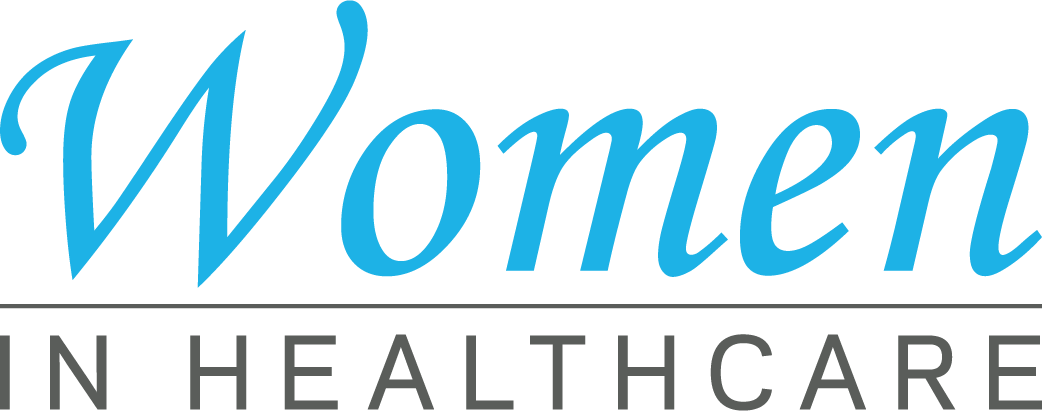Healthcare RCM Services for Efficient Income Cycle Administration
Healthcare RCM Services for Efficient Income Cycle Administration
Blog Article
A Comprehensive Guide on Exactly How Medical Care RCM Functions to Streamline Billing and Collections
Navigating the complexities of healthcare income cycle administration (RCM) is important for providers intending to boost their invoicing and collections procedures. The overview unpacks the intricacies of RCM, from patient enrollment to accounts receivable monitoring, offering insights right into optimizing each action.
Comprehending Income Cycle Monitoring
RCM is a critical administrative function that includes the entire monetary process of individual treatment, from the first consultation establishing to the final payment of the equilibrium. It is a complicated procedure created to identify, accumulate, and manage the profits from the services offered to people.
The RCM procedure begins when an individual routines an appointment and prolongs through the person's care journey, consisting of billing and collections. An essential purpose is to lower the time between getting and supplying a service payment, therefore enhancing the organization's financial wellness. RCM involves different features such as client enrollment, insurance policy confirmation, cost capture, coding, declares entry, repayment uploading, and taking care of allures and denials.
Trick Elements of RCM
In the realm of Profits Cycle Monitoring (RCM), understanding its crucial parts is essential to attaining monetary efficiency within healthcare organizations. RCM is a comprehensive procedure that encompasses different stages, each essential to guaranteeing effective invoicing and collections. The primary parts consist of person registration, insurance policy verification, fee capture, coding, insurance claim submission, settlement publishing, and accounts receivable management.


As soon as coded, cases are sent to payers, where precision is paramount to prevent delays or beings rejected - Healthcare RCM. Payment uploading entails videotaping the received settlements, which permits the reconciliation of accounts. Last but not least, balance dues administration concentrates on monitoring and addressing unsettled cases, making certain timely follow-up and resolution
Each part of RCM is adjoined, and ineffectiveness in any component can disrupt the whole cycle. Consequently, understanding these components is important for health care carriers to optimize profits and improve their financial health.
Strategies for Effective Payment

Standardizing payment treatments throughout the organization is one more essential strategy. Developing clear standards for documentation, coding, and entry helps maintain uniformity and compliance with regulative demands. Training personnel consistently on these treatments makes sure everybody is updated with the most up to date changes in invoicing codes and payer plans.
Precise charge capture is crucial in avoiding earnings leak. Implementing routine audits and surveillance systems enables the identification and modification of disparities before they impact profits. Furthermore, maintaining open lines of interaction with payers assists to quickly fix any disagreements or misunderstandings that may develop.

Finally, interesting people early in the billing procedure by providing clear quotes and academic products regarding their economic responsibilities can dramatically decrease complication and boost payment timeliness. These methods jointly add to a more reliable and economically healthy invoicing system.
Enhancing Collections Processes
A durable collections procedure is essential for preserving economic stability within health care organizations. Given the complexities of medical billing and the range of payer requirements, enhancing the collections procedure includes carrying out strategic steps that guarantee exact and timely payment of services made. Central to this is using modern technology to automate and improve procedures, decreasing hand-operated errors and enhancing efficiency. Automation tools can aid in tracking claim standings, sending out timely pointers to individuals, and managing denials better.
Clear and transparent person communications are critical. Providing thorough descriptions of charges and using versatile payment plans can enhance client satisfaction and prompt settlements.
Routine audits of the collections procedure must be performed to identify areas for enhancement and ensure conformity with laws. By examining data, health care companies can recognize patterns, prepare for potential issues, and adapt techniques as necessary (Healthcare RCM). Ultimately, a well-enhanced collections process not just supports financial wellness but also adds to a much more smooth experience for individuals and team alike
Optimizing Income Streams
Building upon the structure of a solid collections procedure, healthcare organizations can even more boost their monetary security by tactically optimizing profits streams. This entails a multi-faceted technique, starting with a comprehensive evaluation of existing income resources to identify inefficiencies and areas for development. Employing innovative information analytics devices allows companies to acquire understandings into payer mix, person demographics, and service use patterns, allowing for data-driven choices that enhance income capture.
Applying automated payment systems can considerably minimize errors and accelerate claims processing, ensuring that profits is accumulated more efficiently. Moreover, enhancing payer agreements via routine negotiations can boost repayment prices and terms, straight influencing the lower line. Diversifying click for source solution offerings, such as integrating telehealth or health programs, can likewise attract a wider patient base, thus raising earnings potential.
One more critical element is boosting patient interaction and fulfillment, as satisfied individuals are more probable to follow therapy plans and make timely payments. Offering adaptable repayment options and transparent payment techniques can boost collections and foster client loyalty. Healthcare RCM. By taking on these methods, medical care companies can develop an extra resistant financial framework, making certain continual development and stability in an ever-changing sector landscape
Final Thought
Finally, healthcare additional resources Earnings Cycle Monitoring (RCM) plays a crucial duty in enhancing invoicing and collections procedures by incorporating vital parts such as individual enrollment, insurance policy verification, fee capture, coding, declares entry, and receivable management. By employing sophisticated modern technology, systematizing procedures, and promoting person interaction, healthcare carriers can significantly lower claim rejections, increase payment cycles, and boost money circulation. This extensive technique to RCM inevitably leads to enhanced economic performance and sustainability for medical care organizations.
The RCM process begins when a person routines an appointment and prolongs through the patient's care trip, consisting of invoicing and collections.Another critical part is enhancing patient interaction and complete satisfaction, as pleased individuals are much more likely to stick to treatment strategies and make prompt repayments. Using adaptable settlement options and transparent billing techniques can boost collections and foster individual commitment.In conclusion, health care Earnings Cycle Continue Monitoring (RCM) plays an essential role in optimizing invoicing and collections procedures by integrating essential components such as person registration, insurance policy verification, charge capture, coding, asserts entry, and accounts receivable administration. By utilizing innovative innovation, standardizing procedures, and cultivating client interaction, medical care suppliers can significantly lower case rejections, speed up settlement cycles, and improve cash money flow.
Report this page